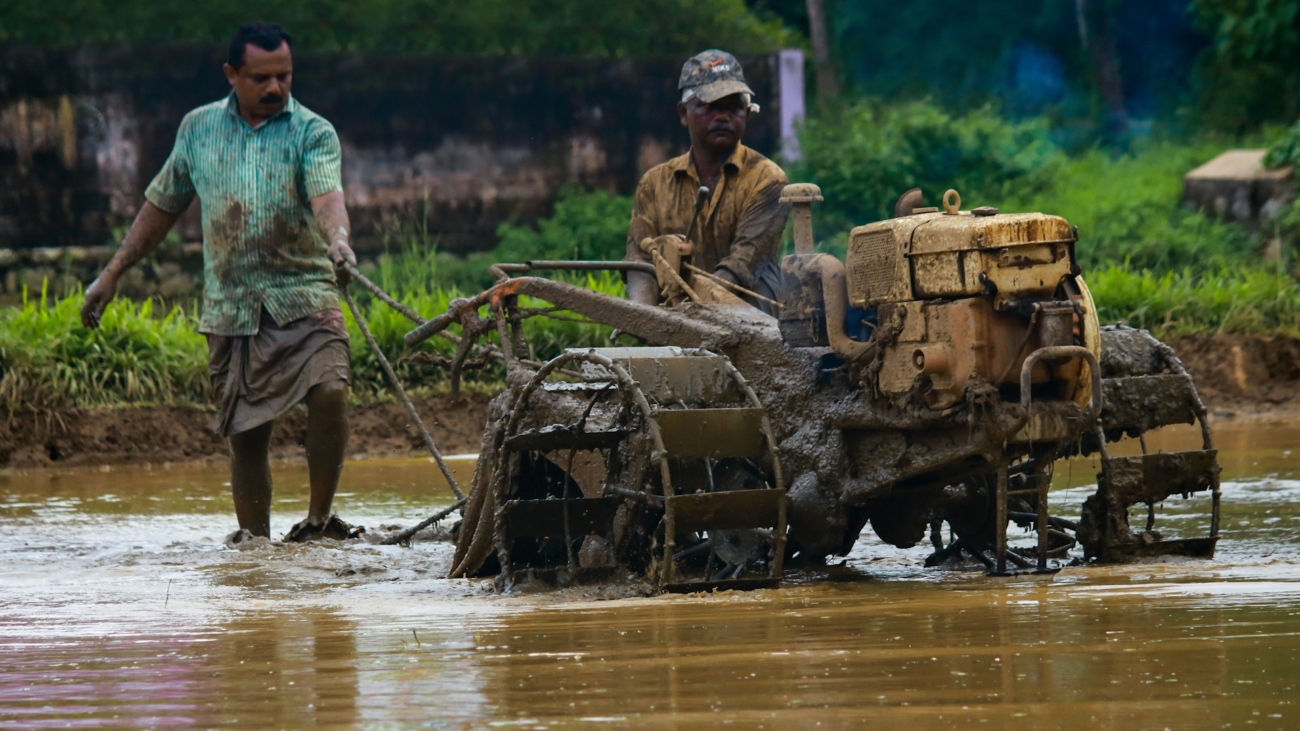Agriculture remains the backbone of the Indian economy, supporting nearly half of the nation’s workforce. However, small farmers, who constitute the majority of the agricultural sector, often face significant challenges in accessing adequate credit. These financial hurdles impede their ability to invest in quality inputs, adopt modern technologies, and enhance productivity, thereby affecting their overall income and livelihood. Addressing the credit needs of small farmers is crucial for the sustainable growth of India’s agricultural sector.
The lack of accessible credit for small farmers is a multifaceted issue, stemming from systemic barriers like inadequate collateral, high-interest rates, and complex bureaucratic processes. Traditional banking institutions are often hesitant to extend credit to small farmers due to perceived risks and the farmers’ limited financial literacy. To bridge this gap, various solutions, including microfinance, agricultural cooperatives, government initiatives, and innovative financial products, are being explored and implemented across the country. This article delves into these aspects, shedding light on the challenges and potential solutions for improving agricultural credit accessibility.
Challenges Faced by Small Farmers in Accessing Agricultural Credit in India
Small farmers in India encounter numerous obstacles when seeking agricultural credit. One of the primary challenges is the lack of collateral, as many small farmers do not possess land titles or other valuable assets that can be pledged against loans. Additionally, high-interest rates imposed by informal moneylenders often force farmers into a cycle of debt, further exacerbating their financial woes. The bureaucratic processes involved in obtaining credit from formal financial institutions also pose significant barriers, as they require extensive documentation and have stringent eligibility criteria.
Moreover, the limited reach of banking services in rural areas compounds the problem, leaving many small farmers dependent on informal credit sources. This dependency not only increases their financial vulnerability but also limits their ability to invest in productivity-enhancing technologies and practices. Addressing these challenges requires a multi-pronged approach that includes policy interventions, financial innovations, and capacity-building initiatives to empower small farmers.
The Role of Microfinance in Providing Agricultural Credit to Small Farmers
Microfinance institutions (MFIs) have emerged as a vital alternative for small farmers seeking credit. By offering small loans without the need for collateral, MFIs cater to the unique financial needs of small farmers, enabling them to purchase inputs, invest in irrigation, and adopt modern agricultural practices. The group lending model employed by many MFIs also reduces the risk of default, as it fosters mutual accountability among borrowers.
Furthermore, microfinance has a significant impact on improving the livelihoods of small farmers by providing them with timely and accessible credit. Success stories from various regions demonstrate that microfinance can lead to increased agricultural productivity and income stability. However, challenges such as high-interest rates and the limited scale of operations remain. Strengthening the regulatory framework and enhancing the operational capacity of MFIs can further boost their role in supporting small farmers.
Agricultural Cooperatives as a Solution for Credit Accessibility
Agricultural cooperatives offer another promising solution for improving credit accessibility for small farmers. By pooling resources and leveraging collective bargaining power, cooperatives can secure better credit terms and lower interest rates for their members. They also provide a platform for knowledge sharing and capacity building, which can enhance the financial literacy and creditworthiness of small farmers.
Successful cooperatives in states like Maharashtra and Gujarat have demonstrated the potential of this model in transforming rural economies. These cooperatives not only facilitate access to credit but also offer additional services such as marketing support, input procurement, and value-added processing. Expanding the cooperative model across India, with adequate support from government and non-governmental organizations, can significantly enhance the financial inclusion of small farmers.
Government Initiatives to Enhance Agricultural Credit Accessibility
The Indian government has launched several initiatives aimed at improving credit accessibility for small farmers. The Kisan Credit Card (KCC) scheme, for instance, provides farmers with easy access to short-term credit for crop cultivation and other agricultural needs. The Pradhan Mantri Mudra Yojana (PMMY) also offers collateral-free loans to small and micro enterprises, including those in the agricultural sector.
While these initiatives have made significant strides in extending credit to small farmers, challenges such as low awareness and procedural complexities persist. To maximize the impact of these schemes, it is essential to simplify the application processes, enhance outreach efforts, and integrate technology to streamline credit disbursement. Additionally, regular monitoring and evaluation can help identify gaps and improve the effectiveness of these programs.
Innovative Financial Products and Services for Small Farmers
Innovative financial products and services are emerging as game-changers in addressing the credit needs of small farmers. Products like crop insurance-linked credit and weather-based lending offer risk mitigation mechanisms that make lending to small farmers more attractive to financial institutions. Digital platforms and fintech companies are also revolutionizing the credit landscape by providing seamless and user-friendly credit application processes.
For instance, blockchain technology is being explored to enhance transparency and reduce fraud in agricultural lending. Similarly, mobile banking and digital wallets are enabling farmers to access credit and financial services without the need for physical bank branches. These innovations not only improve credit accessibility but also empower small farmers by providing them with the tools to manage their finances more effectively.
Conclusion
Improving agricultural credit accessibility for small farmers is essential for fostering a resilient and productive agricultural sector in India. Addressing the challenges faced by small farmers requires a comprehensive approach that includes enhancing the role of microfinance, strengthening agricultural cooperatives, implementing effective government initiatives, and promoting innovative financial products.
By leveraging these solutions, it is possible to create a more inclusive financial ecosystem that supports the growth and sustainability of small farms. This, in turn, can lead to increased agricultural productivity, improved farmer incomes, and overall economic development in rural India. Ensuring that small farmers have access to adequate credit is not just a financial necessity but a critical step towards achieving food security and rural prosperity in India.


Leave A Comment